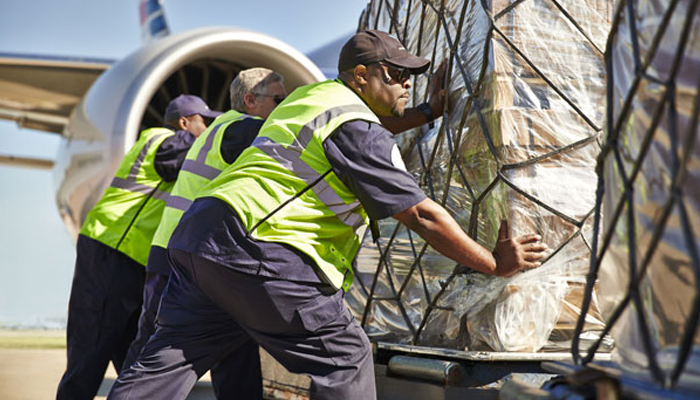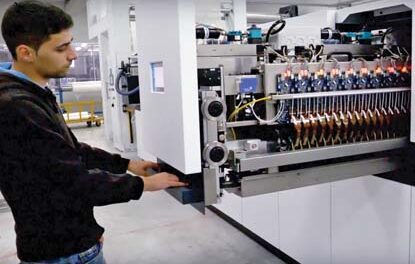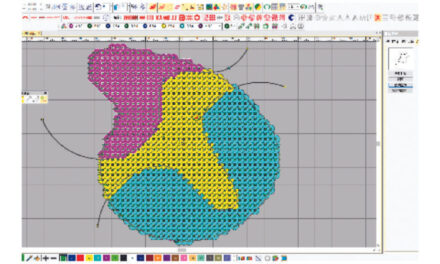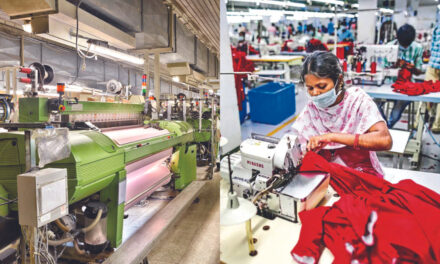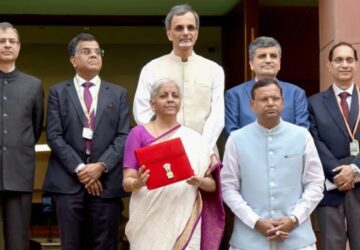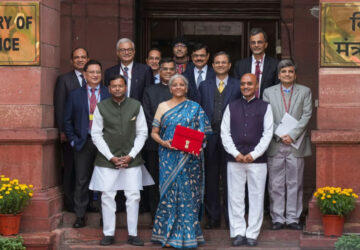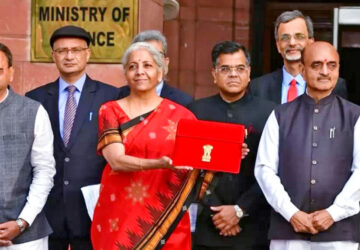It is global slowdown now. Questions have therefore been raised on how advanced, developing and emerging economics brace up to meet the situation. The economic woes of the 27 member European Union (EU) have been compounded by the exit of Britain from the EU. In the US, a New President has been elected recently, though the development has much less to do when it comes to bilateral trade with India. The surprising element of the global economic slowdown however is that it has adversely affected almost all textile exporting countries to the US, if their performance in the first nine months of 2016 (January – September) is any indication, going by the latest US data. Among these countries the important ones are China, India, Vietnam and Bangladesh. Others are Mexico, Honduras, El Salvador etc. China and India have posted a negative growth during the period under review. However, Vietnam and Bangladesh have recorded a measly growth in total textile and clothing (T and C) exports in the same period.
For Indian textile sector the situation has been compounded by the demonetisation move which led to a severe cash crunch, particularly among industrial units, forcing them to scale down production and consequently sales due to falling demand operations of knitwear units in Tirupur and fabric units in Maharashtra have been badly hit, as reported earlier in those columns. The situation has not changed any for the better. The only consolation is that India has fared better on the export front than the total exports to the US by all countries (including India). Total exports to the US declined by 6.25 per cent, whereas India’s exports fell by 0.77 per cent only. It is also satisfying that exports of countries such as Mexico and Honduras are down, despite the duty – free concession available to them in the US. Another country which also gets this relief is El Salvador which has been able to post a negligible growth of 0.50 per cent during the period under review.
The data reveals that China’s T and C exports declined by 10.97 per cent, much higher than those of India during the period under review. In value terms India’s exports declined from $5,618 mn to $5,575.85 mn while China’s exports came down from $33,051 mn to $29,424 mn. Vietnam, which has facilities for setting up large scale units to achieve economies of scale, could move up its export growth by just 0.01 per cent Bangladesh, a least developed country, posted a 0.32 per cent increase.
As regards apparel (the most important item in the India’s textiles export basket) exports declined by 0.08 per cent, which is negligible China’s exports saw a huge fall of 8.64 per cent. Vietnam was able to record a 1.64 per cent growth, a small one. India’s exports came down from $2,878.78 mn to $2,876.69 mn, while China’s exports fell from $23,263 mn to $21,283 mn.
In respect of non-apparel, that is yarn, fabrics and made-ups, the picture is disappointing. India’s exports were down by 1.49 per cent, from $2,740.18 mn to $2,699.26 mn. China’s exports fell sharply by 16.53 per cent, from $9788.67 mn to $8171.07 mn. Vietnam’s exports saw a huge decline of 23.23 per cent.
Now compare exports in 2015 over 2014. The data shows that India’s T and C exports rose from $6,717 mn to $7,270 mn. The increase is huge. China also upped its exports substantially, from $41,820 mn to $43,219 mn in this period. Same is the case with Vietnam and Bangladesh the former from $9,955 mn to $11,289 mn to and the latter from $5,004 mn to $5,602 mn.
India has big stakes in the US and the EU, which together account for about 65 per cent of this country’s total textiles exports. But the import duties applied by them are high enough – 15 to 32 per cent in the US and 12 per cent in the EU. India operates on a rate of 10 per cent. There is also a difference between the average industrial tariffs and tariffs levied on exports of interest to the Third world. In the US, the average tariff ranges from 3 per cent to 12 per cent on garments and from 15-32 per cent on other textile products, In the EU, the average is around 3 per cent and 12 per cent on garments whereas the average in India is between 7 and 8 per cent. For some products, the tariffs have been bound at 20 per cent and 35 per cent.
Meanwhile, there are expectations of that the global economic recovery will be strengthened in 2017 because of growth in emerging and developing economies, which still account for a substantial share in global economic growth. This is despite the projection of uneven economic growth across countries as well as weaker compared to last three years. Increased net capital outflows from emerging markets could lead to further depreciation of their currencies, eventually triggering balance sheet effects. Global economic growth was projected out 3.1 per cent in 2016.
India’s real GDP growth (at constant prices) is estimated at 7.6 per cent in 2015-16 compared to 7.1 in the preceding year. India has made striking progress in its contribution to the GDP growth in Purchasing Power Party (PPP) terms. India’s contribution to global growth in PPP terms increased from an average of 8.3 per cent during 2001 – 2007 to 14.4 per cent in 2014. India’s share in world GDP has increased from an average by 7.1 per cent between 2014 and 2015 in current PPP terms.
